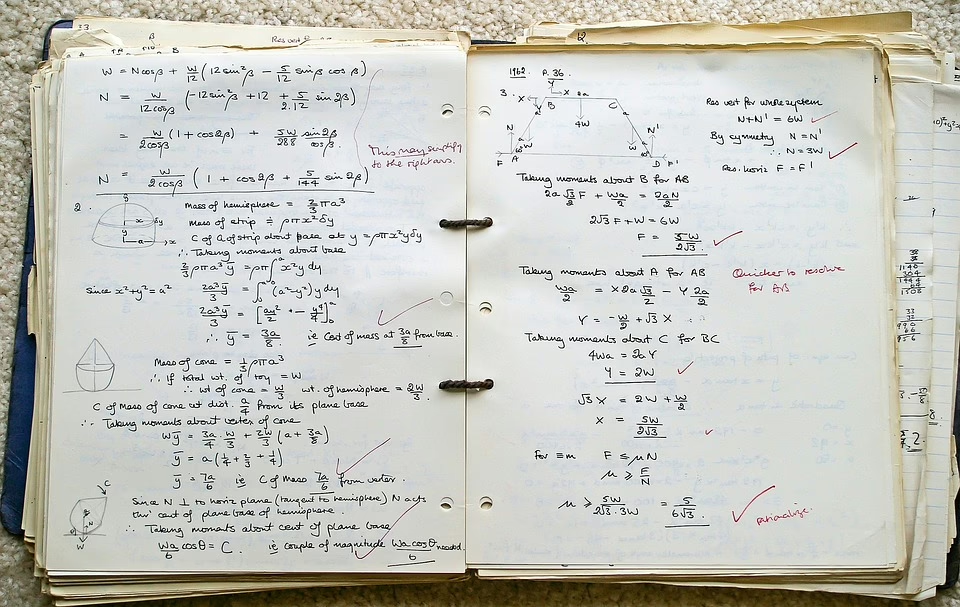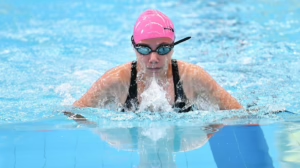Building Confidence: How a Tutor Can Help Demystify Physics and Math
Mathematics and physics often evoke a mix of wonder and apprehension among students. The complexities of equations and theories can create barriers to understanding, leading many to view these subjects as insurmountable challenges rather than as accessible fields of knowledge. However, with the right support, these subjects can transform into realms of fascinating discovery rather than sources of frustration. A skilled tutor can play a critical role in demystifying physics and math, fostering not only improved academic performance but also a sense of confidence and curiosity.
Understanding the Challenges
The Nature of Math and Physics Anxiety
Mathematics and physics demand a specific set of cognitive skills, including logical reasoning, spatial awareness, and the ability to abstract and generalize. For many students, encountering these challenges can lead to what is referred to as “math anxiety.” This phenomenon manifests in various forms, including avoidance behaviors, stress responses during assessments, and diminished self-esteem[1]. The stigma associated with struggling in these subjects can be profound, creating a feedback loop where anxiety undermines performance, which in turn reinforces anxiety.
Misconceptions and Mental Blocks
A significant hurdle that students face is the misconceptions built around the subjects. Phrases like “I’m just not good at math” or “Physics is too hard” can become self-fulfilling prophecies. These attitudes may stem from past experiences, societal pressures, or even the way material is taught in schools. This creates a mental block that hinders the learner’s ability to engage with the content meaningfully.
The Role of a Tutor
Personalized Learning Experience
A competent tutor recognizes that each student has unique needs, strengths, and weaknesses. This individualized approach allows for the customization of teaching methods, pacing, and material. For instance, a tutor can explore different representations of a mathematical concept, using visual aids or real-life applications to clarify and connect the information[2]. When students see how math and physics relate to the world around them, their learning becomes more tangible, reducing confusion and building interest.
Building a Supportive Environment
Tutoring sessions provide a safe space for students to express their questions and uncertainties without the fear of judgment prevalent in larger classroom settings. The one-on-one interaction fosters an atmosphere of trust, where students feel comfortable making mistakes — a crucial part of the learning process. In such an environment, students can ask fundamental questions and explore concepts at their own pace, which is often not feasible in a conventional classroom.
Encouraging a Growth Mindset
A significant aspect of effective tutoring is the cultivation of a growth mindset — the belief that abilities and intelligence can be developed through effort and education. By praising effort over innate ability, tutors can shift a student’s focus from outcomes to the learning process. Techniques such as emphasizing problem-solving strategies and reflecting on mistakes can reinforce the idea that challenges are opportunities for growth[3]. As students begin to embrace this mindset, their confidence in tackling difficult material increases.
Demystifying Physics: Strategies for Tutors
Contextualizing Concepts
Physics, often perceived as an abstract science, can be made accessible through experiential learning. Tutors can use demonstrations, simulations, or real-world examples to illustrate complex concepts. For instance, discussing the principles of motion through sports or transportation can ground theoretical knowledge in everyday experiences[4]. When students see the relevance of physics in their lives, it crystallizes their understanding and diminishes fear.
Problem-Solving Skills Development
Physics problems can be daunting, often requiring not only the application of equations but also critical thinking and analysis. Tutors can guide students through problem-solving techniques, breaking down complex problems into manageable steps. This process often includes:
- Identifying Relevant Information: Tutors encourage students to recognize and extract the necessary data from a problem statement.
- Visualizing the Problem: Drawing diagrams or visual aids helps students conceptualize the scenario.
- Formulating a Strategy: Discussing different approaches promotes flexible thinking, allowing students to tackle problems from various angles.
Through practice, students develop not only their problem-solving skills but also their confidence in their ability to navigate challenges independently.
Connecting to Mathematical Foundations
Physics is deeply intertwined with mathematics, and weaknesses in one can affect the other. Tutors can identify areas where a student’s understanding of math may be lacking and address these gaps concurrently with physics tutoring. For example, reinforcing algebraic skills or understanding functions can significantly enhance a student’s ability to comprehend kinematics or dynamics problems. By bridging these connections, tutors help demystify both subjects simultaneously.
Demystifying Mathematics: Strategies for Tutors
Concrete Examples and Applications
Mathematics can often come off as abstract or disconnected from reality. Tutors can use concrete examples to illustrate mathematical principles, showing their application in various fields such as economics, engineering, and even art. For example, using statistics to analyze sports performance or employing calculus in optimizing resources helps students relate mathematical theories to practical situations[5]. This connection helps build engagement and relevance.
Incremental Skill Building
Just as with physics, mastering math requires a foundation. Tutors often start with fundamental concepts and gradually progress to complex ones. This incremental approach ensures that students have a solid grounding. For instance, if a student struggles with algebra, a tutor might focus first on strengthening their understanding of linear equations before tackling more advanced topics like quadratic functions or polynomials. As students achieve minor victories, their confidence naturally grows.
Interactive and Engaging Teaching Techniques
Using interactive tools such as manipulatives, games, and technology can make math more engaging. For example, math-related games can reinforce skills in a playful manner, reducing anxiety and building confidence. Platforms like online calculators or math software can also assist in visual learning, providing alternative ways to explore mathematical concepts[6]. When learning becomes a fun and interactive process, students are more likely to stay engaged and maintain a positive attitude toward the subject.
Measuring Progress and Celebrating Success
Setting Achievable Goals
A critical component of building confidence is setting realistic, achievable goals. Tutors can collaborate with students to establish specific, measurable objectives, whether it be mastering a particular topic, improving test scores, or enhancing problem-solving speed. As students meet these goals, a sense of accomplishment bolsters their self-esteem. Tracking progress over time helps students visualize their learning journey, reinforcing the understanding that improvement is possible.
Feedback and Reflection
Constructive feedback is essential for growth. Tutors should provide timely and specific feedback, highlighting both strengths and areas for improvement. Additionally, encouraging self-reflection can help students internalize their learning. Asking questions like “What did you find challenging?” or “What strategies worked best?” promotes a deeper understanding of their learning processes and encourages independence[7].
Collaborative Learning and Peer Tutoring
Group Tutoring Sessions
While individual tutoring has its benefits, collaborative learning through group sessions can amplify understanding. Group tutoring offers students the chance to engage with peers, discuss challenges, and share insights. This social aspect can alleviate feelings of isolation that often accompany struggles in math and physics. Students benefit from diverse perspectives and approaches to problem-solving, enriching their learning experience[8].
Encouraging Peer Tutoring
As students progress, involving them in peer tutoring can serve as a powerful reinforcement tool. Explaining concepts to others solidifies their understanding and boosts their confidence. Peer tutoring creates a cycle of learning where both the tutor and the tutee experience growth, making math and physics feel more attainable.
The Long-Term Impact: Building Lifelong Learners
Fostering Curiosity
The role of a tutor goes beyond academic success; it extends to nurturing a love for learning. When students gain confidence in math and physics, they often become more curious and open to exploring other subjects. A tutor’s encouragement can inspire students to engage in STEM (Science, Technology, Engineering, and Mathematics) fields, contributing to a long-term interest in science and technology[9].
Preparing for Future Challenges
The skills developed through effective tutoring — critical thinking, problem-solving, and resilience — are transferable to various aspects of life. As students face future academic and personal challenges, the confidence and strategies they develop can serve them well beyond the walls of a classroom. They learn that persistence and effort can lead to mastery, equipping them for a lifetime of learning and success.
Conclusion
Building confidence in math and physics is a collaborative journey between tutor and student. Through personalized instruction, a supportive learning environment, and the cultivation of a growth mindset, tutors can help students demystify these subjects and transform anxiety into empowerment. By employing effective strategies, fostering curiosity, and nurturing lifelong learning, tutors not only facilitate academic success but also encourage students to embrace challenges as opportunities for growth. In doing so, they play an invaluable role in shaping confident, capable individuals who see math and physics not as hurdles but as exciting realms of exploration.


























Add Comment